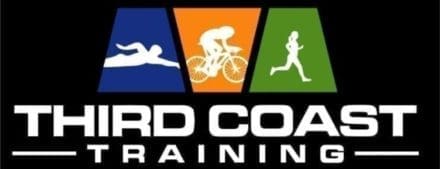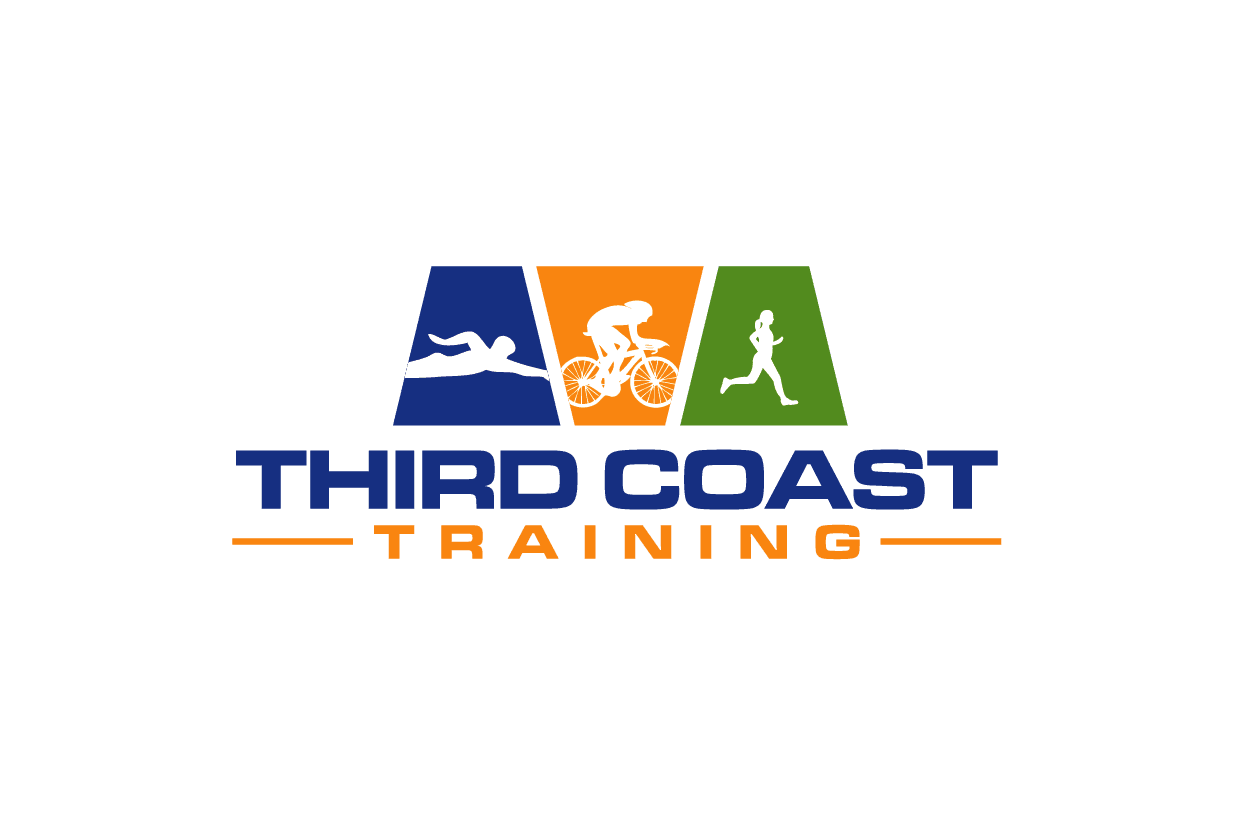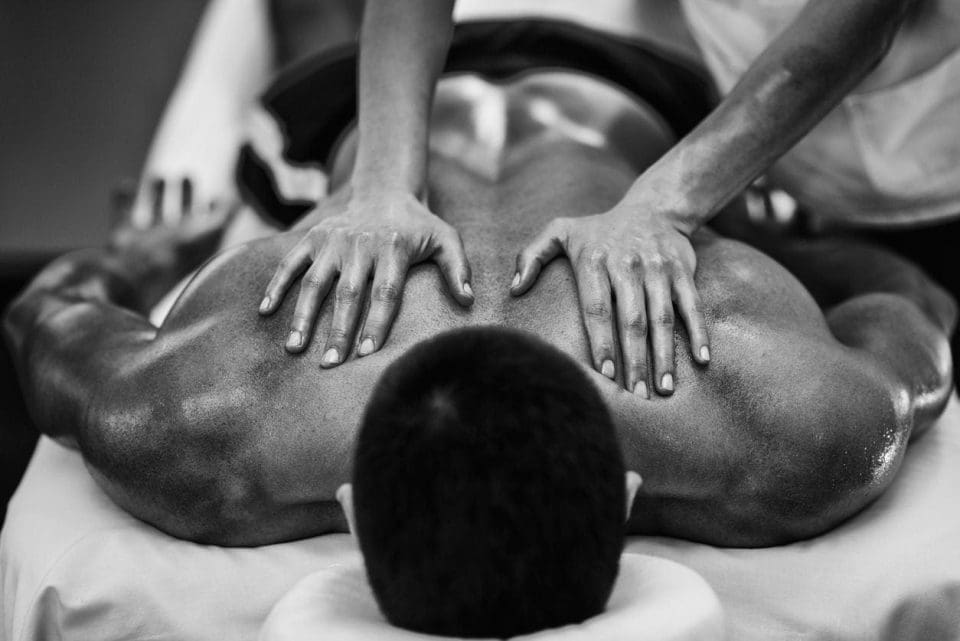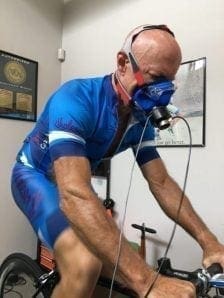
Kona bound and training during the pandemic
March 5, 2021
Preventing the 8 Most Common Cycling Injuries
May 5, 2021Treating and Preventing Swimming Injuries
Swimming is one of the most popular sports in the world. We swim in the sea, pools, lakes, streams, rivers and even ponds. And given 70% of the Earth’s surface is water, we’re not short of opportunities.
And while swimming is considered a ‘low-impact’ sport due to the fact that the water supports a large percentage of, more than 84% of regular swimmers suffer from some type of overuse type injury caused by swimming.
Why? The main reason is the high repetition number and forceful nature of the shoulder revolutions which takes our shoulder joint through its full range of motion (which is one of the greatest of all our joints), against resistance, over and over again.
And as 50-90% of the power generated to propel you forward comes from the shoulders, you can see why they are the most frequently injured joint.
However, swimming also puts stress on your back, to hold you level in the water; on the neck when raising your head out of the water to breathe and if you favor breaststroke as a stroke, there’s added pressure from the unnatural twisting motion on the knees.
So, despite it seeming to be a low-impact sport, swimming actually carries a surprisingly high risk of injury.
Let’s take a look at those injuries, why they happen and what you can do about them.
Swimming injuries generally stem from two sources, and often these sources will combine:
1. Muscle imbalances
2. Stroke technique issues
Muscle Imbalances
Our everyday posture, particularly if you spend a lot of time sitting at desk or in a car, or generally not moving around, creates all sorts of muscle imbalances from short hamstrings, tight muscles around the neck, back and shoulders. We unconsciously adopt a curved forward upper back, round shoulders and chin poke, which not only add to shoulder problems in swimmers but neck pain too.
Poor posture is the biggest culprit of short tight trapezius and pectoral muscles and weak anterior (front) neck and upper back muscles. These muscles can be painful and develop trigger points which are hyperactive spots in the muscle, commonly referring pain and causing headaches. Tight muscles may also limit your neck movements. Good posture ensures good alignment of the joints and ligaments which allows for optimal contraction of your muscles and off-loads underlying structures.
Swim Stroke Technique
This a big topic to cover because it depends what stroke you’re swimming mostly with and what kind of injury you may have but issues include: a wide, swinging arm recovery which requires excessive internal rotation, causing impingement on the joint; thumb in first with hand entry, which again causes excessive internal rotation in the shoulder and a dropped elbow or straight arm pull through which creates a long lever and overloads the shoulder.
In our set of resources which you can view below
we’ve put together a Stroke Technique Cheat Sheet which for each injury area, identifies key stroke issues, with suggested solutions.
What does all of this mean to you? You shouldn’t swim? You should reduce your training or change your sport?
The bottom line is that the benefits of swimming – whether it’s for general fitness and physical activity, the desire to win competitions, or just to find your quiet place for stress relief – far outweigh the risk of injury.
And with this in mind, we’ve put together a set of resources to help you manage, or better yet prevent, swimming injuries altogether.
**These resources include:**
– Stroke Technique and Injury Cheat Sheet
– Common Swimming Injuries Cheat Sheet
– Swimmer’s Shoulder – Advice Leaflet
– Shoulder Strengthening for Swimmers [Exercise Sheet]
– Knee Pain in Swimmers [Advice Leaflet]
– Breaststrokers Knee [Exercise Sheet]
– Muscle Cramp in Swimmers – Advice Leaflet
– Back Pain in Swimmers [Advice Leaflet]
– Swimmers Back Pain – Phase 1 [Exercise Sheet]
– Neck Pain and Swimming [Advice Leaflet]
The resources are packed with practical tips and advice, along with exercise leaflets that combine to help you swimming happily, healthily and injury free into the future.






